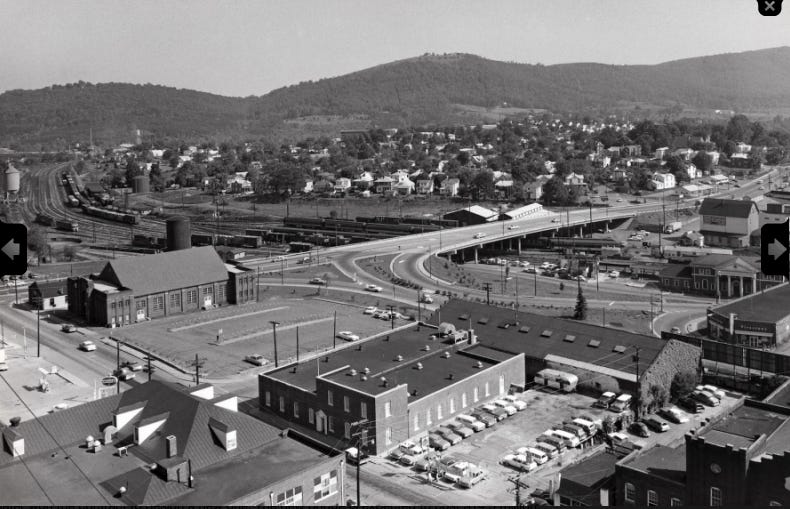Plans, Trains, and Automobiles
The Belmont Bridge, coal's decline, and passenger train service from the Blue Ridge to The Beach.
Back in 2012, during planning discussions about replacing the Belmont Bridge, several people made compelling arguments that we no longer needed a bridge at all because train traffic beneath it - the reason for the bridge - would decline as demand for coal diminished. That's because the Buckingham Branch Railroad (BBR) line, which passes under the bridge, carries mostly empty coal cars westbound to the coalfields to keep traffic down along the CSX main line along the James River, which is the one all of the loaded coal trains use because it is more level and doesn't have to deal with Afton Mountain.
“If there are going to be fewer trains,” Brian Wimer, the Belmont resident who inspired Project Gait-way, a Belmont Bridge design competition, told C-Ville Weekly at the time, “why are we spending $14 million on a bridge to accommodate coal trains?”
Indeed, the winner of that design contest, spearheaded by UVA's Sch…
Keep reading with a 7-day free trial
Subscribe to The DTM to keep reading this post and get 7 days of free access to the full post archives.


